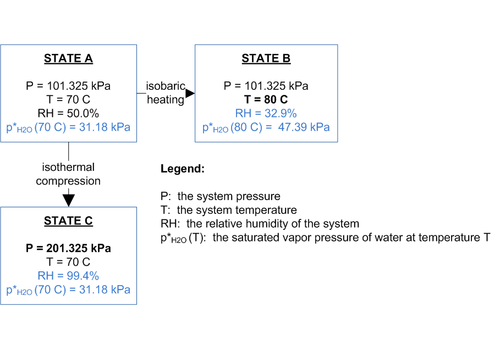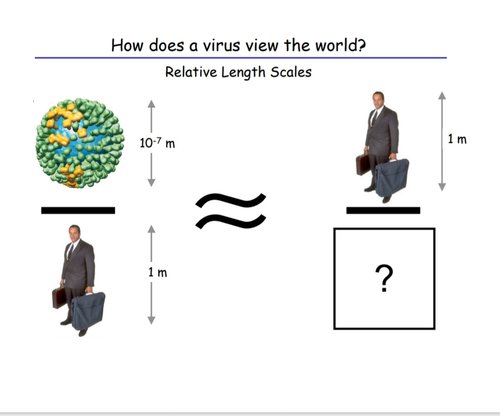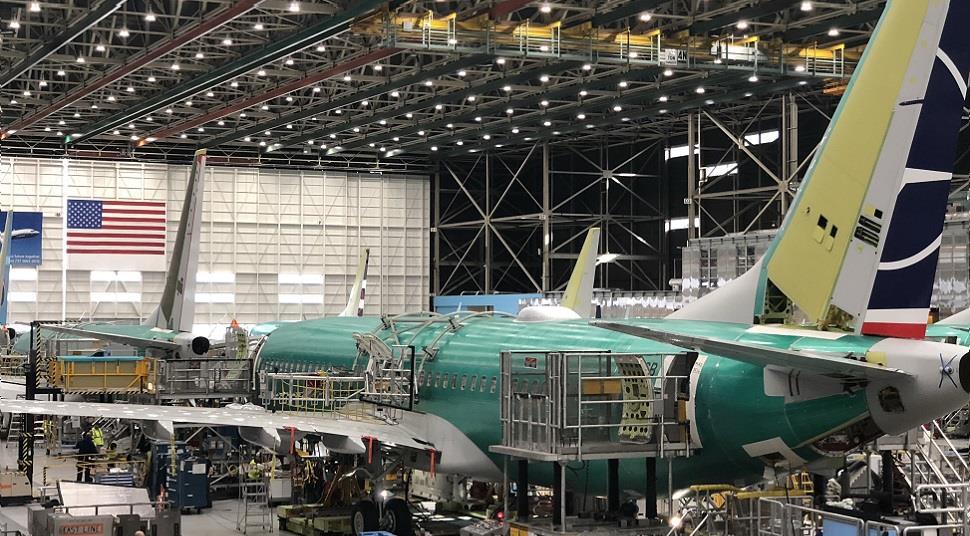In a newsletter posted last Friday, the
Flight School Association of North America (FSANA) offered context to the stay-at-home executive order generated on March 19 by California Governor Gavin Newsom. The governor’s message in part said, “The federal government has identified 16 critical infrastructure sectors whose assets, systems and networks, whether physical or virtual, are considered so vital to the United States that their incapacitation or destruction would have a debilitating effect on security, economic security, public health or safety, or any combination thereof.
I order that Californians working in these 16 critical infrastructure sectors may continue their work because of the importance of these sectors to Californians’ health and well-being.”
FSANA’s newsletter included links to the U.S. Department of Homeland Security’s Cyber Security and Infrastructure Security Agency (CISA) which identifies the 16 sectors and their related businesses. Under the
Transportation Systems Sector page, the agency said, “
the aviation mode includes commercial and recreational aircraft (manned and unmanned) and a wide-variety of support services, such as aircraft repair stations, fueling facilities, navigation aids, and flight schools.”











